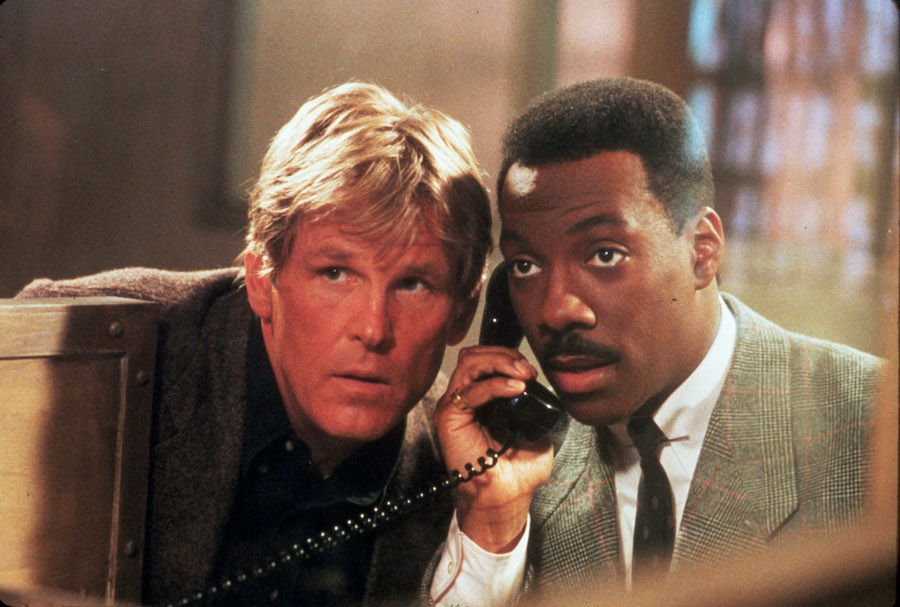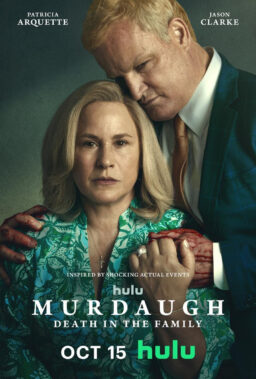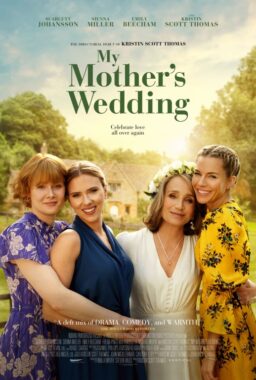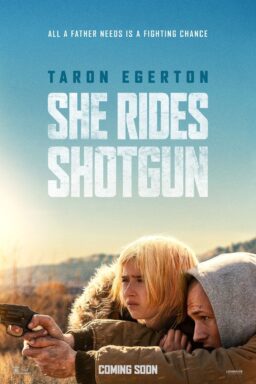The new Netflix series “Voir” bills itself as “A collection of visual essays for the love of cinema.” What this translates to is a collection of six short films, each approximately 20 minutes in length, in which a collection of film journalists use a combination of artistic analysis, personal details, and judiciously selected clips in order to examine both the hold that the medium has held on our collective imagination for more than a century, and the ways in which it has evolved over that time. This is not manifestly different from the countless number of similar videos one can find online at any given moment, other than the fact that those homegrown efforts presumably lack the money, solid legal clearances, and the imprimatur of David Fincher, who serves here as one of the executive producers.
The six episodes cover an array of topics, ranging from broad examinations to close analysis of specific films; the approaches similarly veer between the straightforward to the deeply personal. Three of the episodes come from Taylor Ramos and Tony Zhou, who have done a number of visual essays in the past under the name Every Frame a Painting and whose efforts here tend to follow a more traditional and historical-minded approach to their subjects with mixed results. “The Duality of Appeal” utilizes expert testimony from Brenda Chapman and Gil Kenan to help explore the dynamics of design, in terms of how animators strive to make visually appealing characters and how CG animation has altered the landscape in that regard. Blending together history, criticism (especially in regards to the ways in which female characters tend to be developed) and a look at the actual filmmaking process, this is both the best of their contributions and one of the very best of the entire series.
“The Ethics Of Revenge” utilizes Park Chan-wook’s brilliant and brutal “Lady Vengeance” as a vehicle to explore both the unending fascination we have with narratives driven by the need for revenge and the storytelling tricks and tropes utilized by filmmakers in the hopes of evoking a response from viewers without tripping over into outright sadism. This segment is not especially revelatory but it does lay out its arguments in a solid and straightforward manner that both film experts and comparative novices should find watchable. “Film Vs. Television” is a glib, not-especially insightful look at the shared history of the two competing formats and how the once-distinct lines between them have blurred in recent years. The essay only really comes alive during the section in which clips from Michael Mann’s 1995 crime epic “Heat” and “L.A. Takedown,” a more compact dry run of the same story that he made as a TV movie six years earlier, are juxtaposed to illustrate the different approaches applied to the same material in their respective formats.

Among the other episodes, “But I Don’t Like Him” finds Drew McWeeny utilizing his conflicted views regarding “Lawrence of Arabia” as a leaping-off point for an examination of narratives that we find to be fascinating despite—or perhaps because of—the unlikable nature of the protagonists driving them. Although intelligently executed, it does not really add anything new to the discourse on this particular topic, though it does allow for the inclusion of clips from a number of Martin Scorsese films along the way.
The most curious of the episodes is “Summer of the Shark,” a more overtly autobiographical episode in which Sasha Stone juxtaposes her own coming of age in the mid-Seventies with the how the film industry shifted to a more blockbuster-heavy emphasis following the staggering financial success of Steven Spielberg’s “Jaws.” On the one hand, it doesn’t really offer much in the way of new insights on the topic of Hollywood’s move from telling stories to creating pre-packaged events, and the one interesting notion raised—the way in which this move tended to treat young female moviegoers almost as afterthoughts—gets a little lost in the shuffle. On the other hand, the more impressionistic moments illustrating the young Stone and her sister getting lost in the magic of the movies over that summer are striking enough to make one wish to see an entire feature film along those lines.
As it turns out, the best and most interesting episode of “Voir” is the final one, “Profane and Profound,” in which Walter Chaw examines Walter Hill’s 1982 hit “48 Hrs”—which he saw for the first time when he was in the third grade—as a still-audacious examination of systemic racism. The film continues to pack a punch nearly 40 years after it first burst on the scene and transformed Eddie Murphy into a superstar unlike any that Hollywood had ever seen. As a passionate fan of Hill and his often-stunning, if sometimes overlooked, body of work, it’s refreshing to see this film analyzed as more than simply the progenitor of the buddy cop subgenre that would emerge in its wake. Chaw’s analysis of the film and its impact on him merges the critical and the personal in smart, incisive ways that will have most viewers reaching for their copy of it as soon as the episode is over. Although “Voir” as a whole is ultimately worth a look, “Profane and Profound” is ultimately the keeper of the bunch and if another series of episodes comes along, here’s hoping that future contributors will look towards it as an inspiration for their own efforts.
All episodes of season one screened for review. “Voir” premieres today on Netflix.












